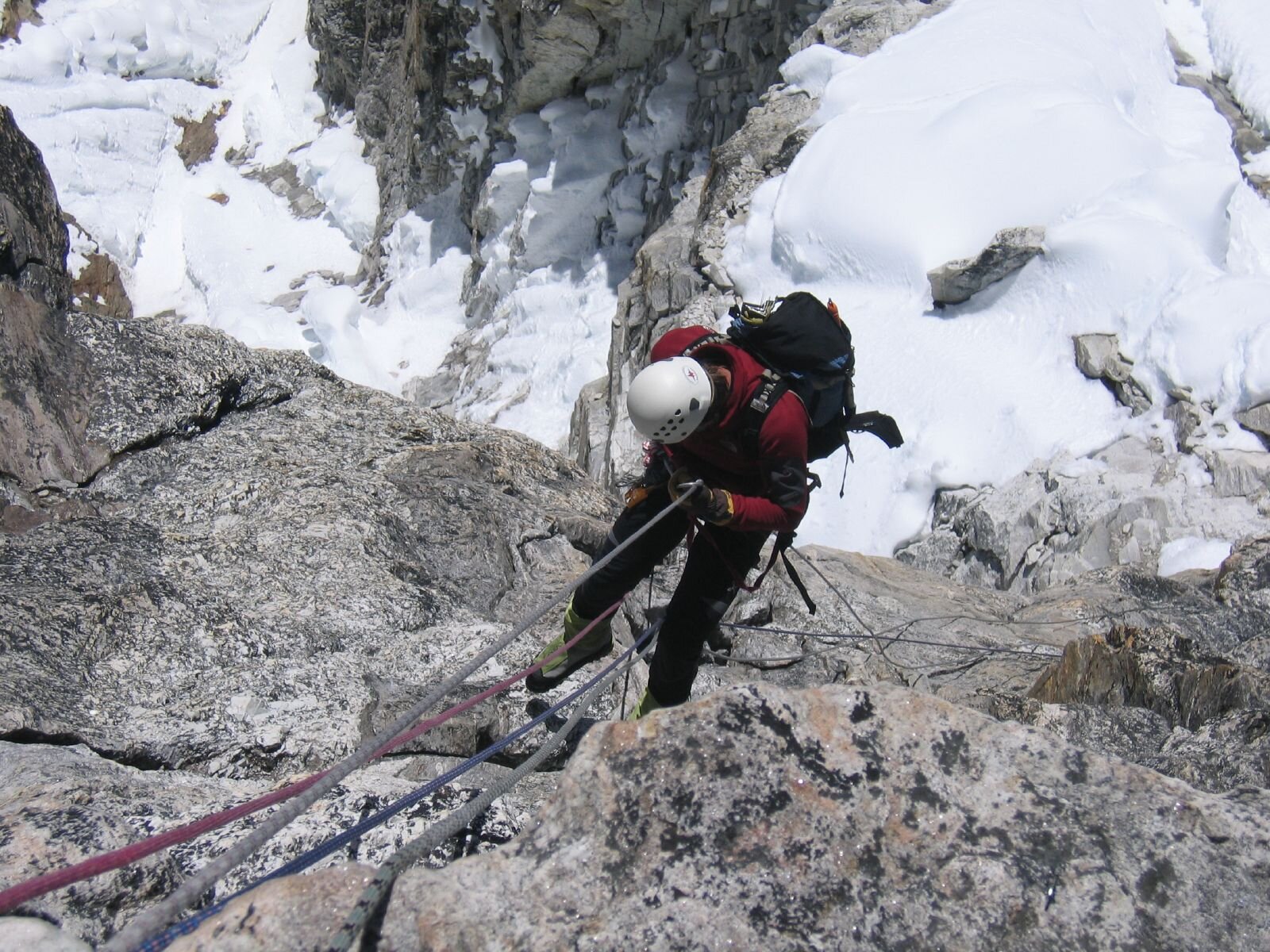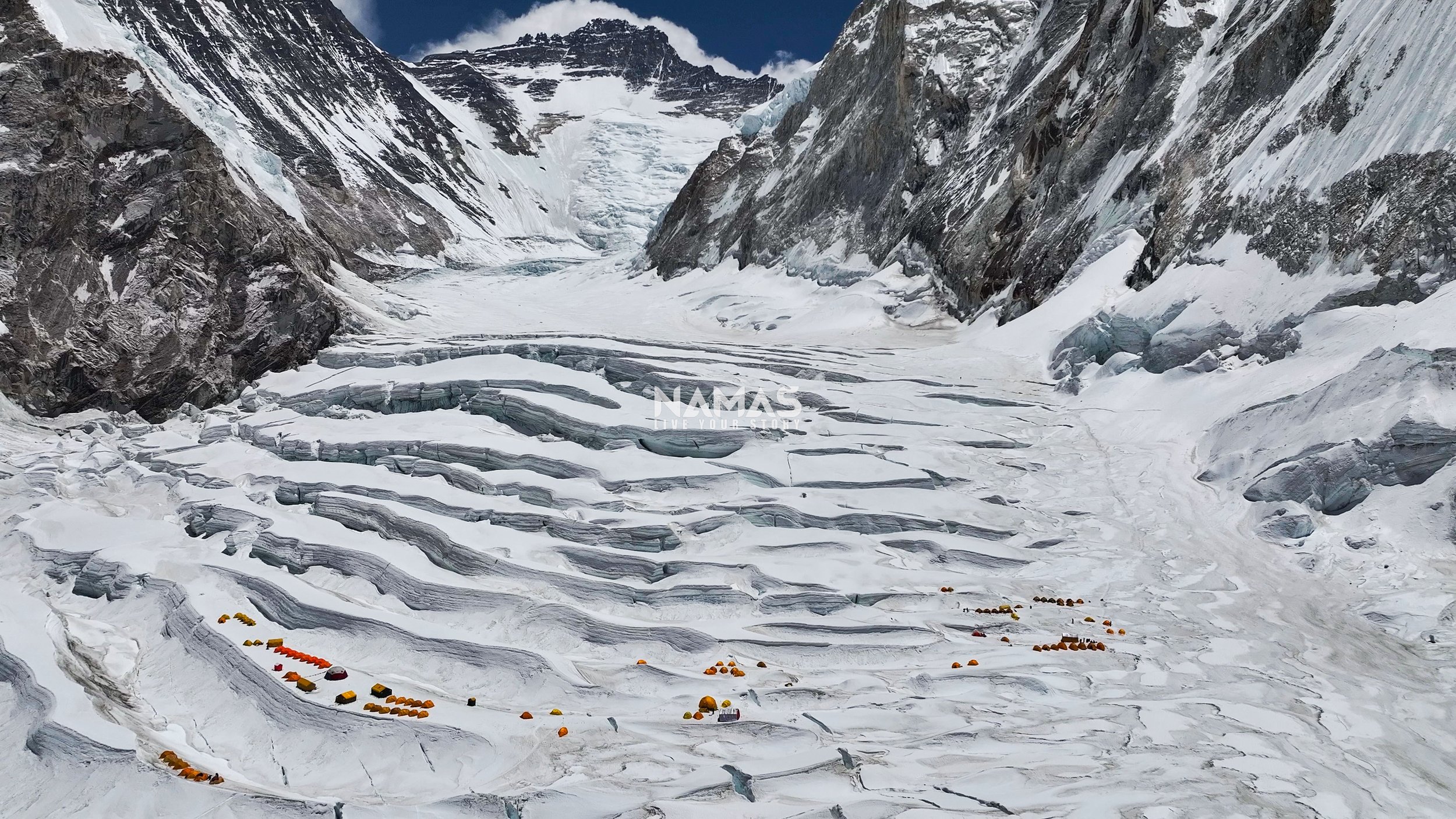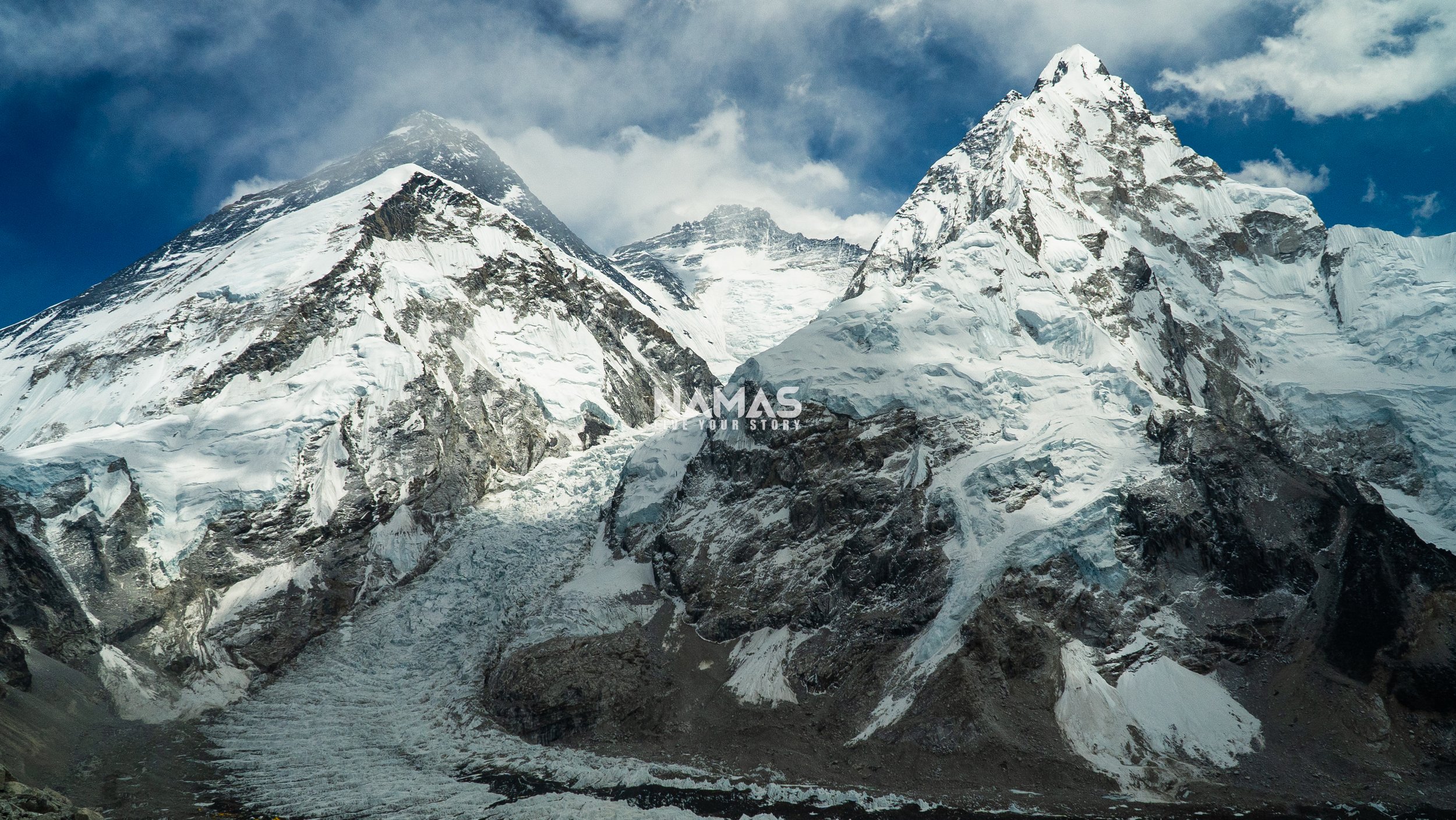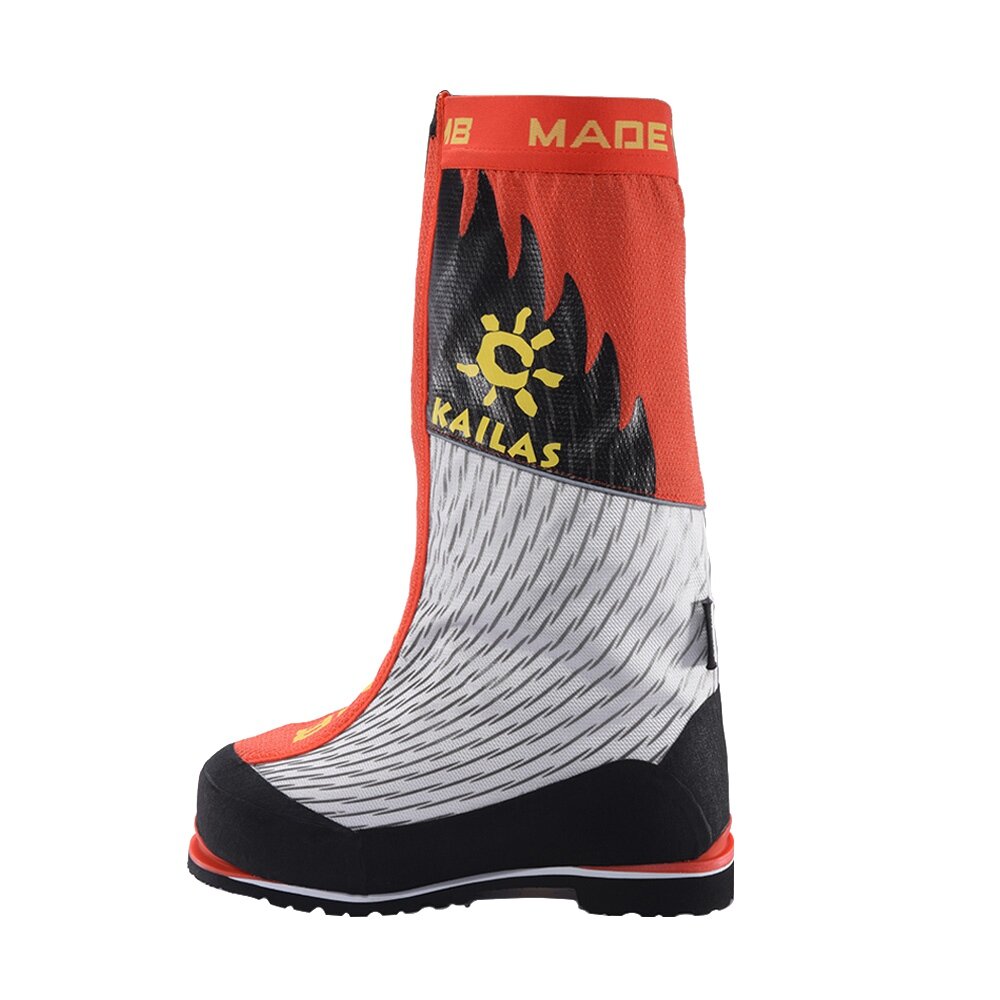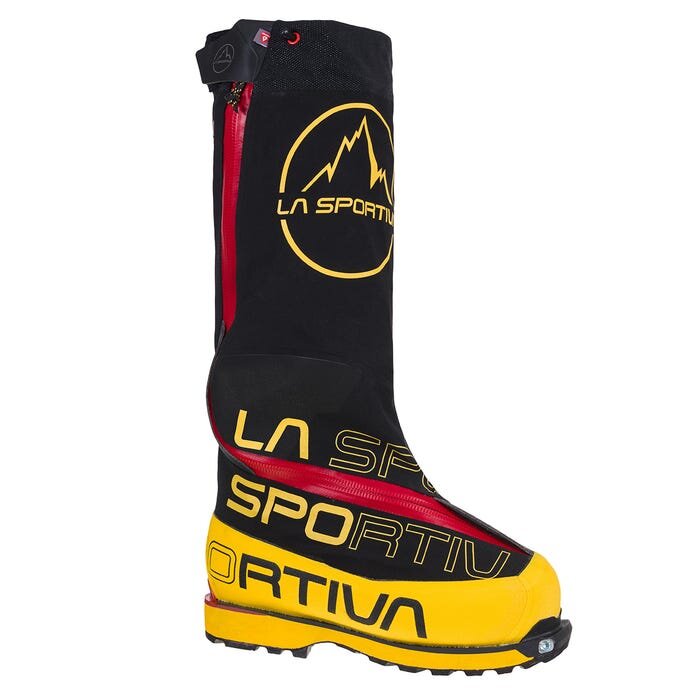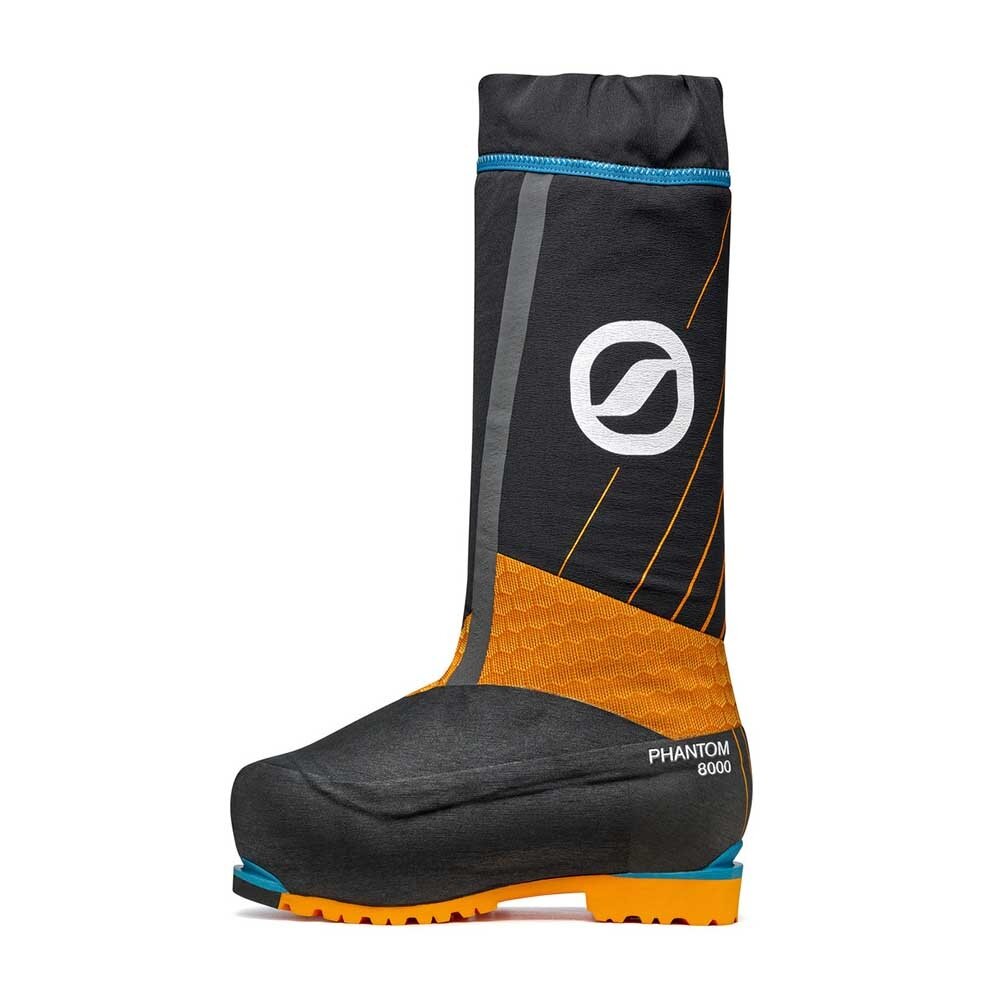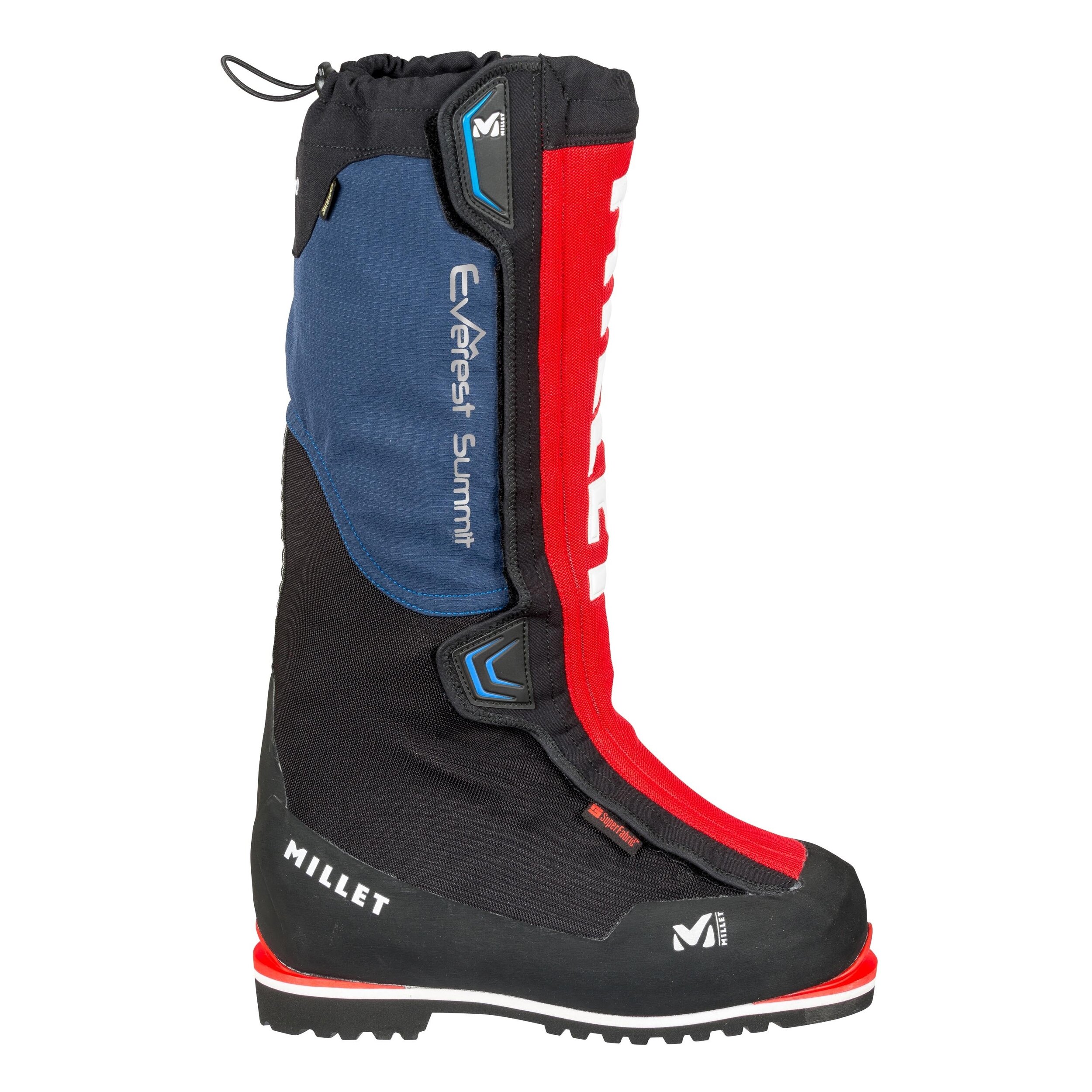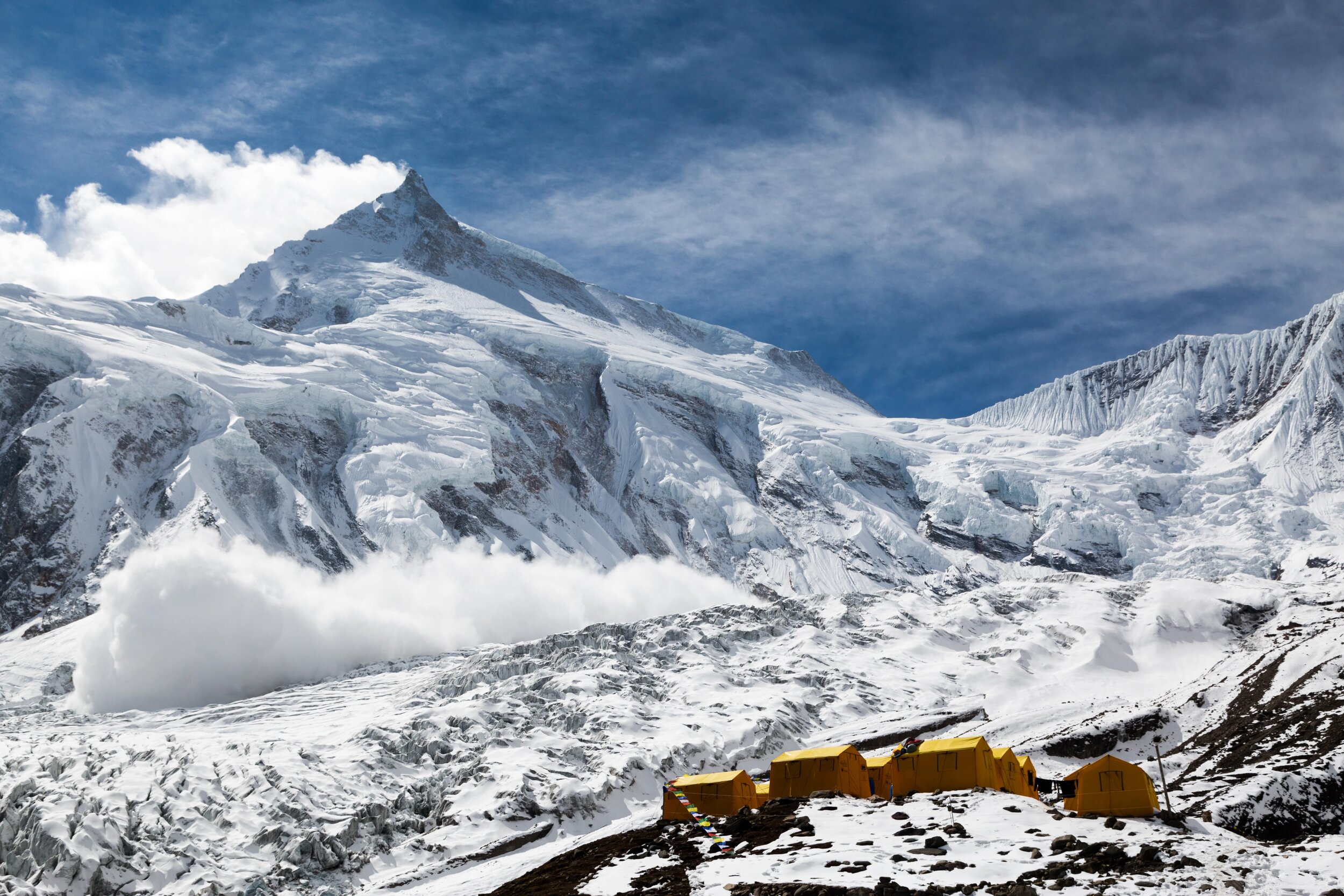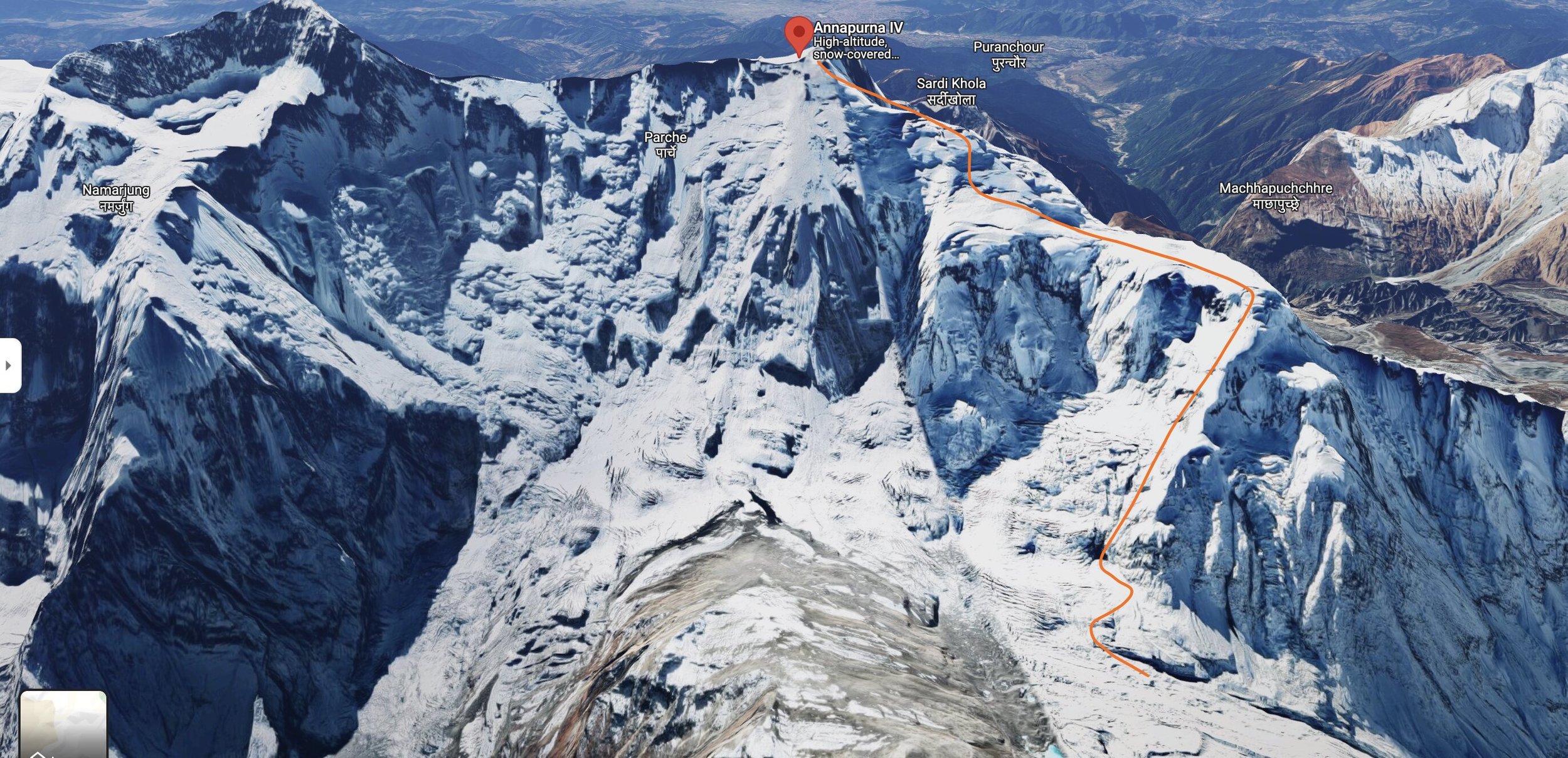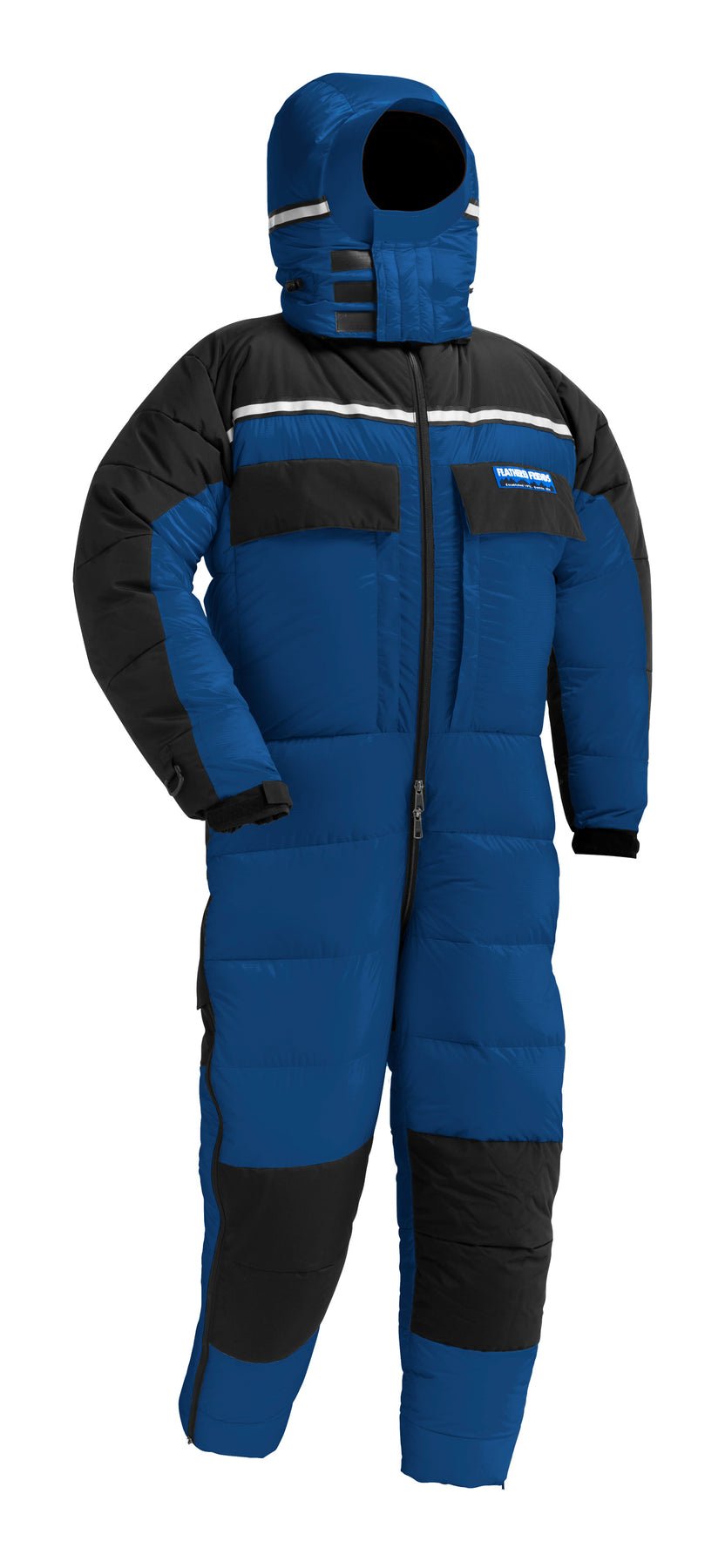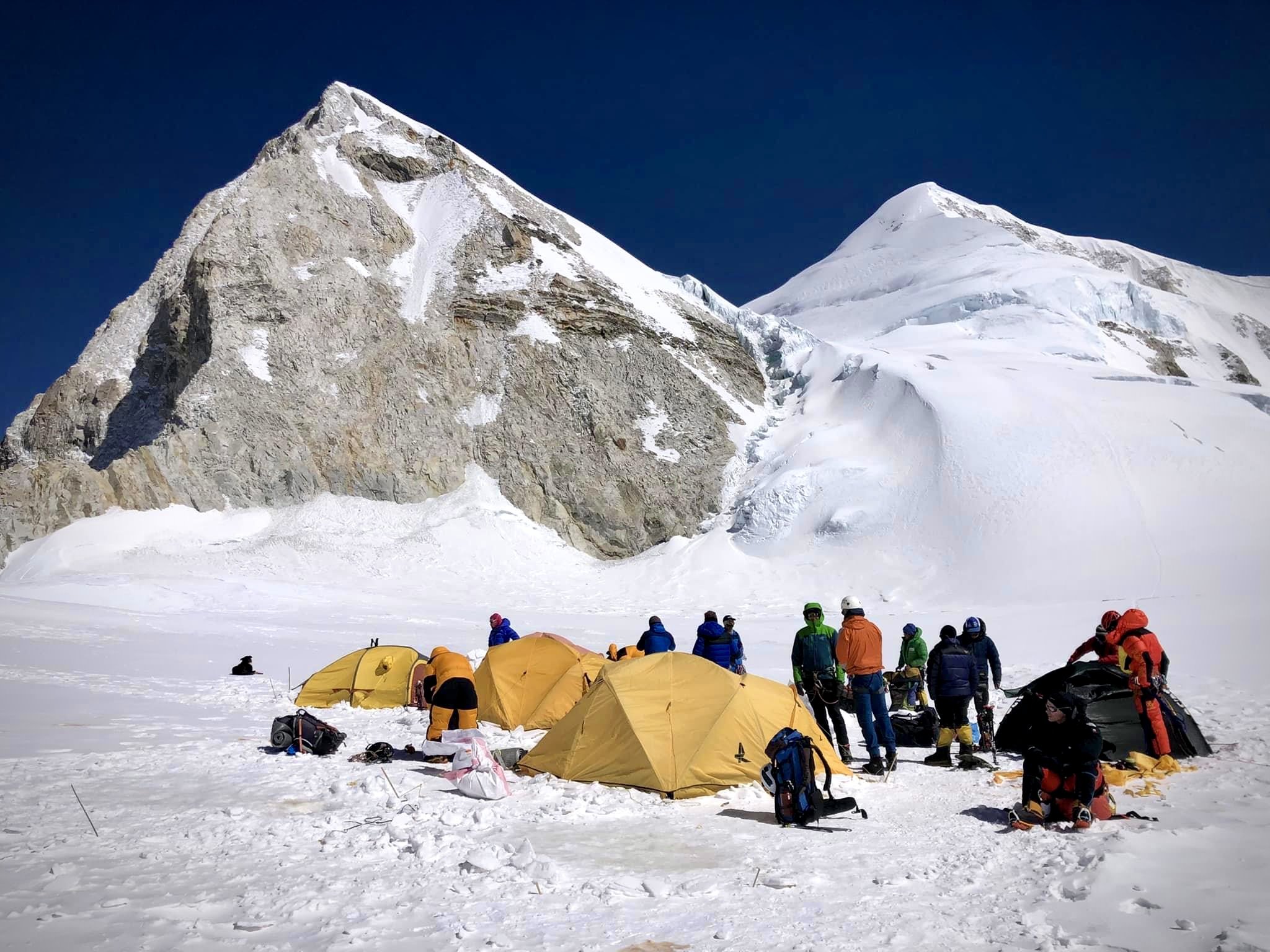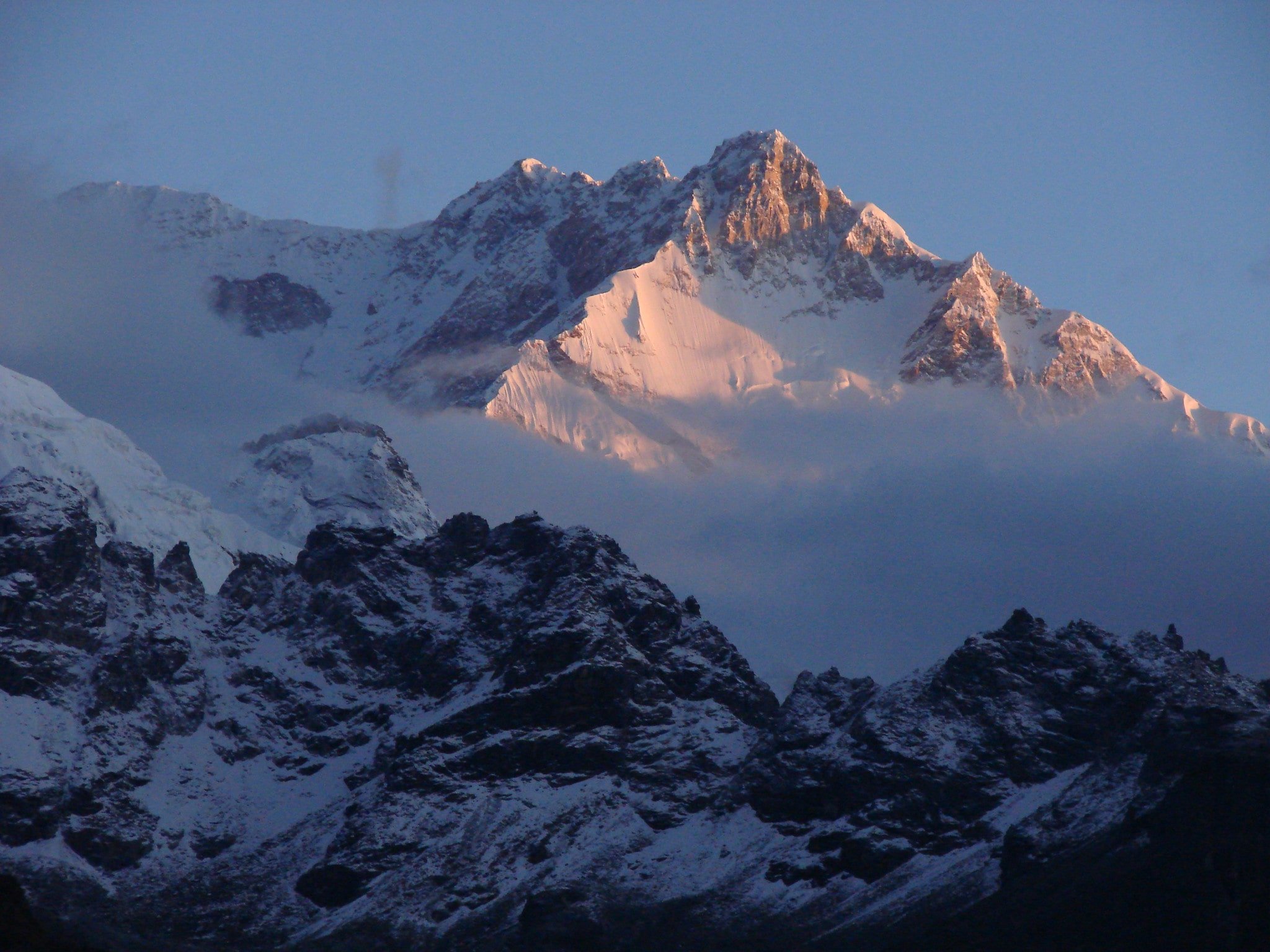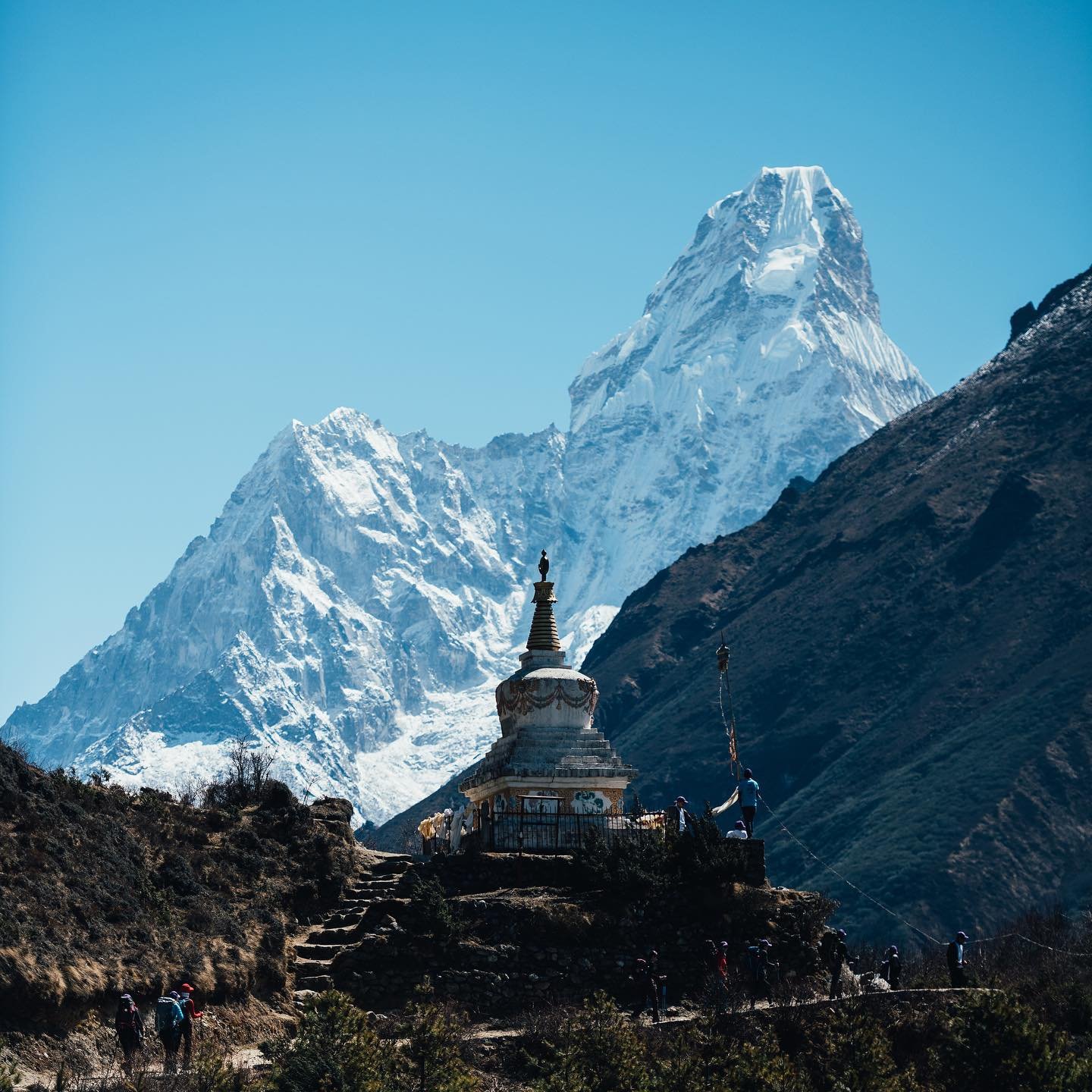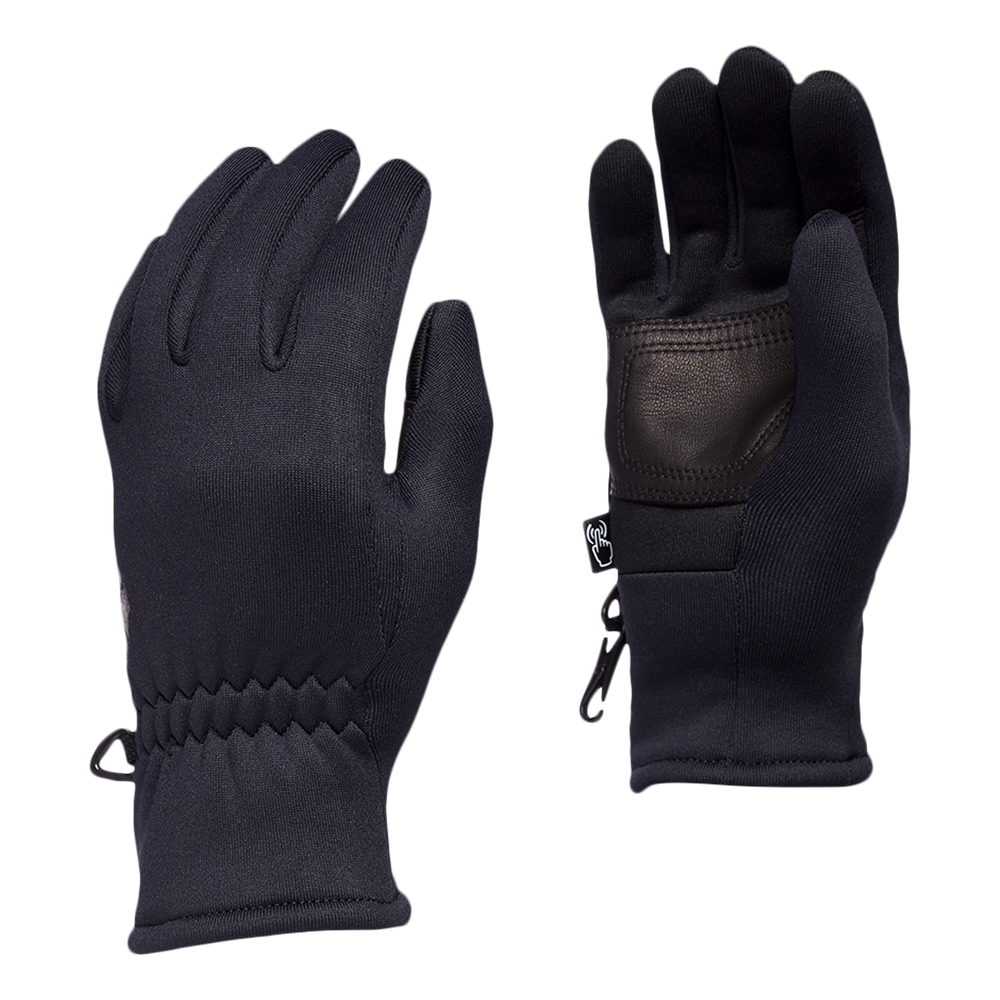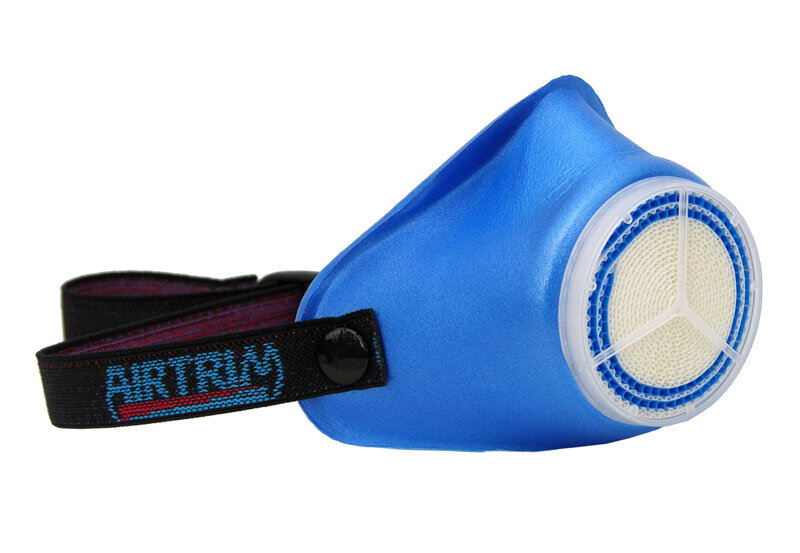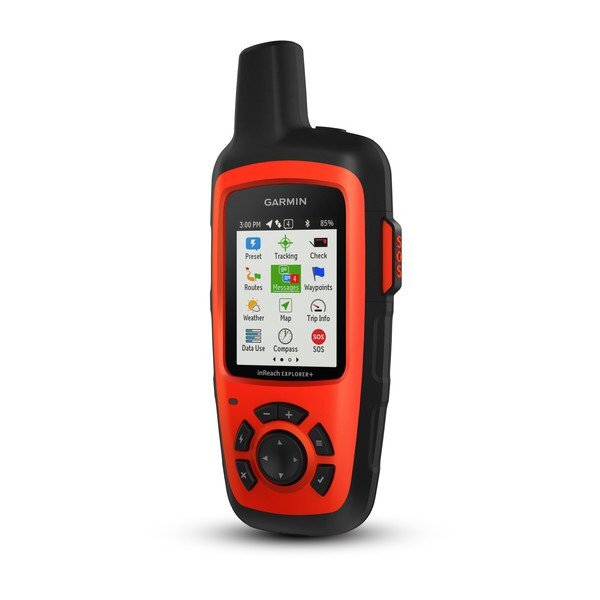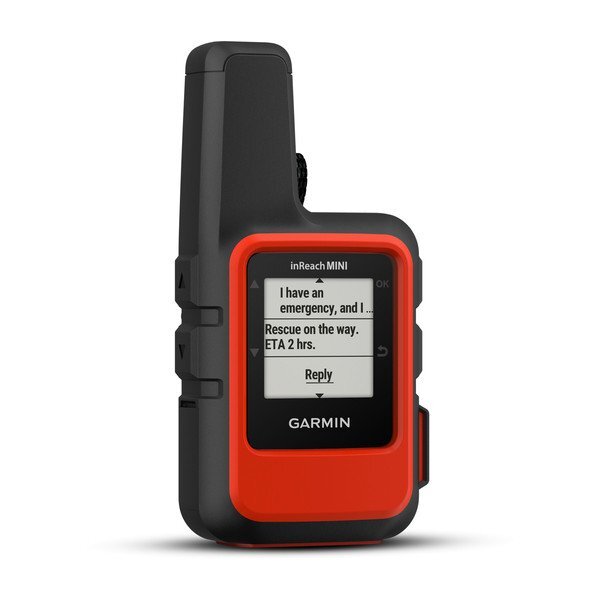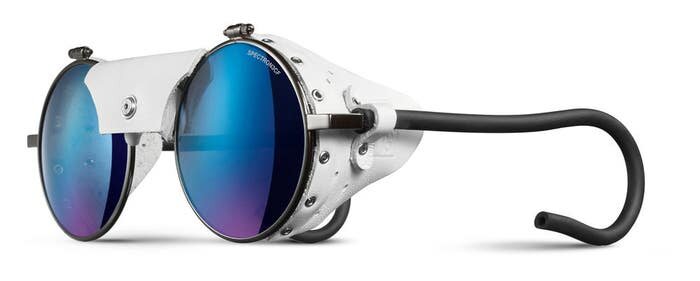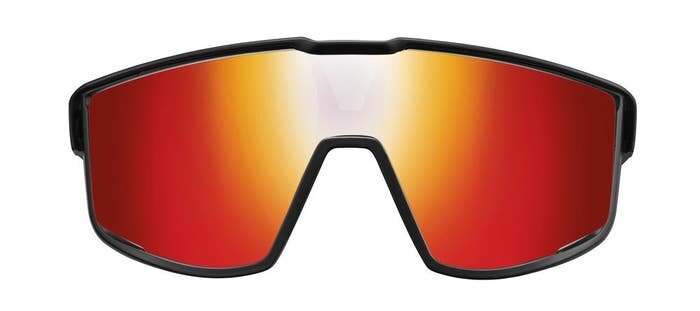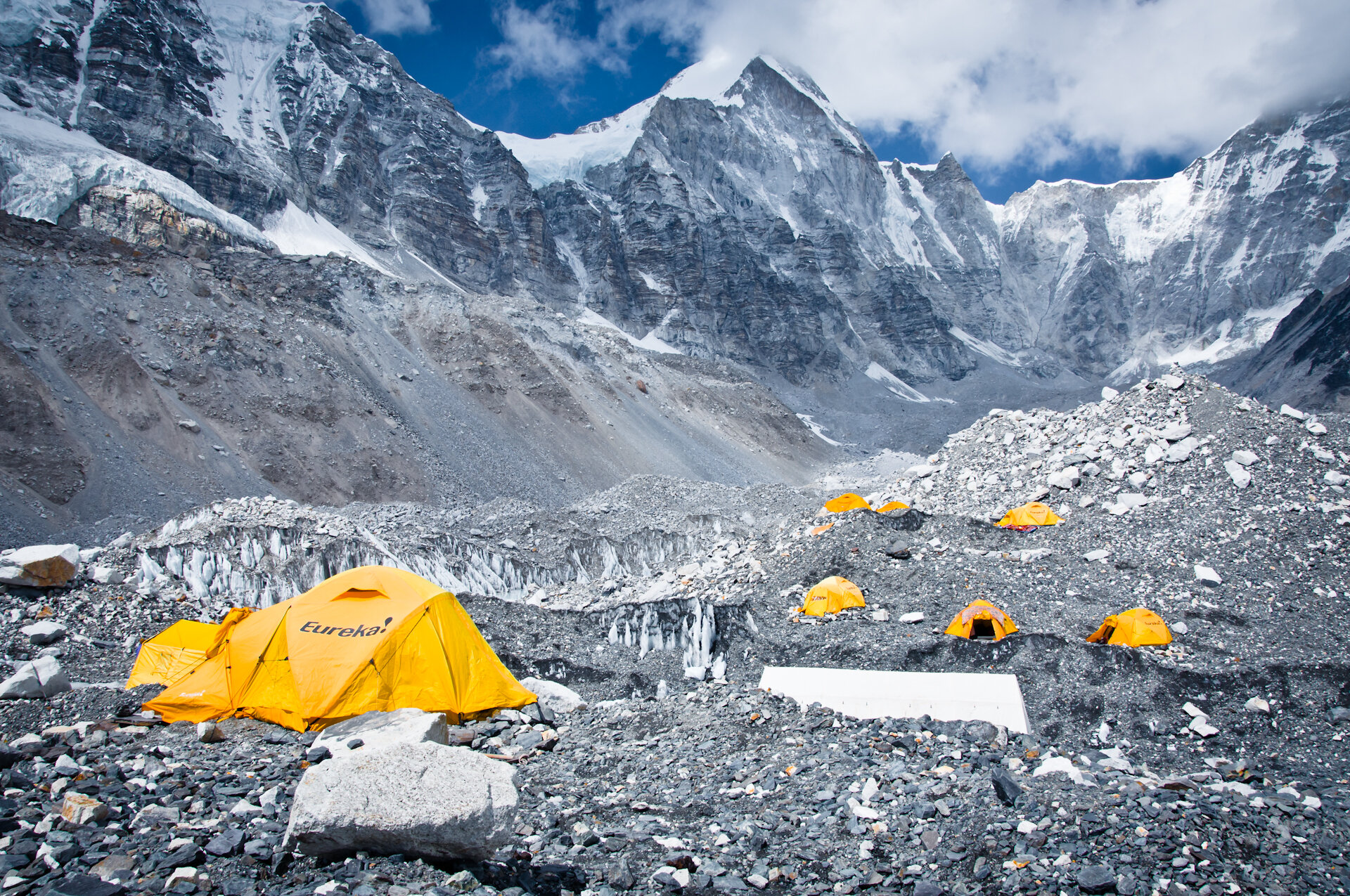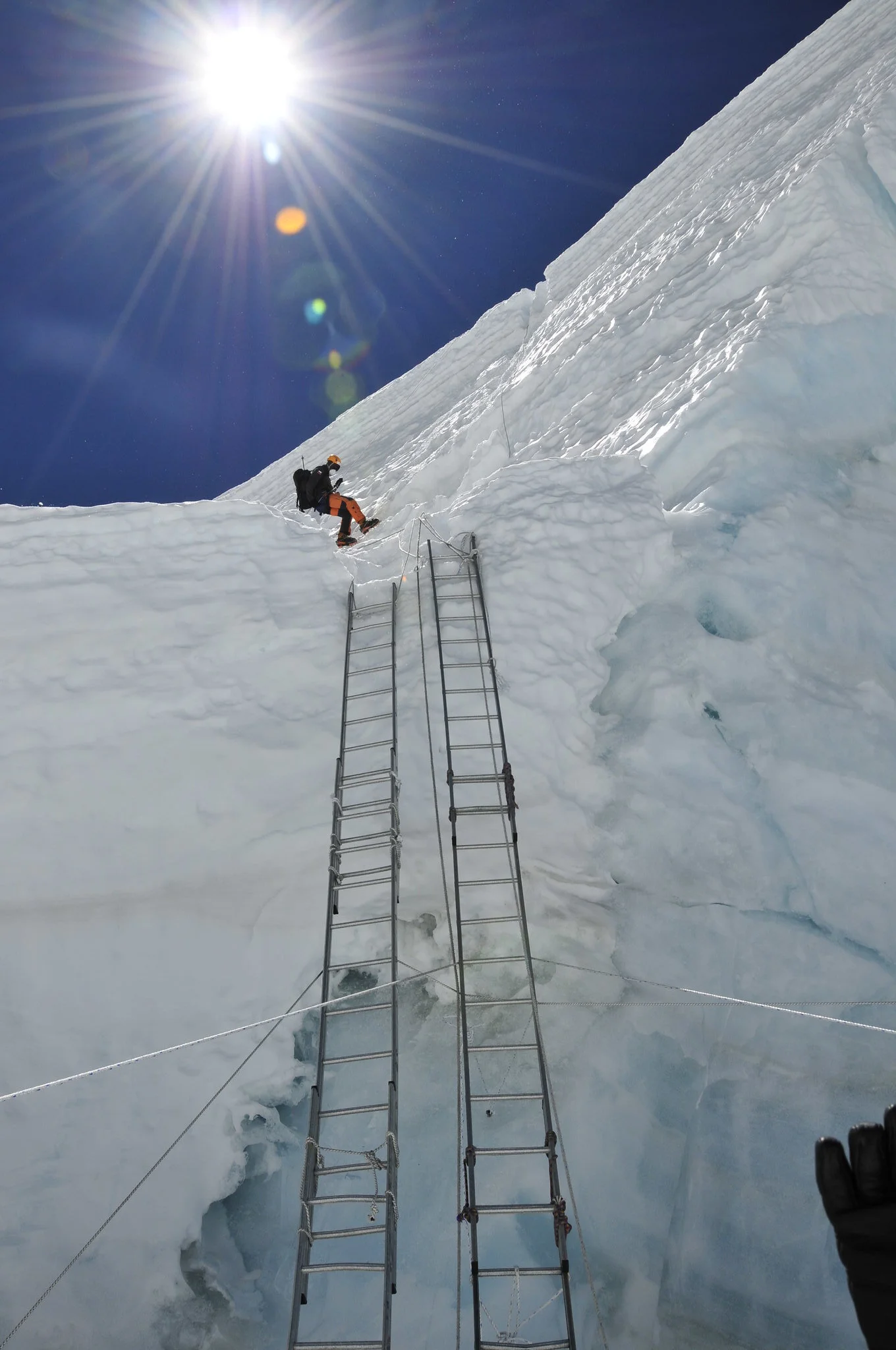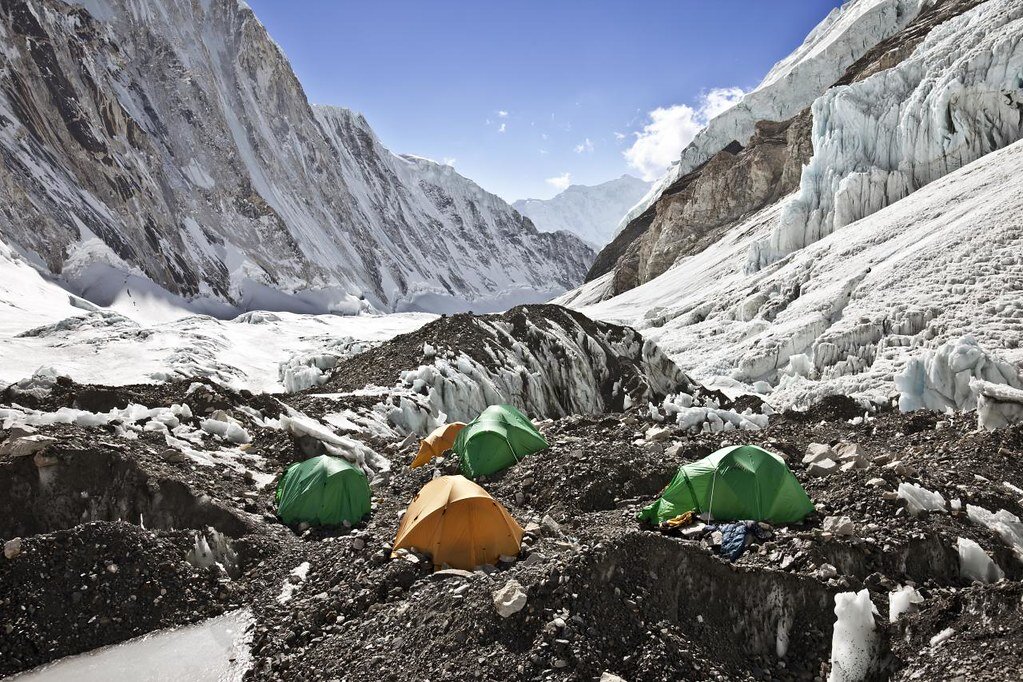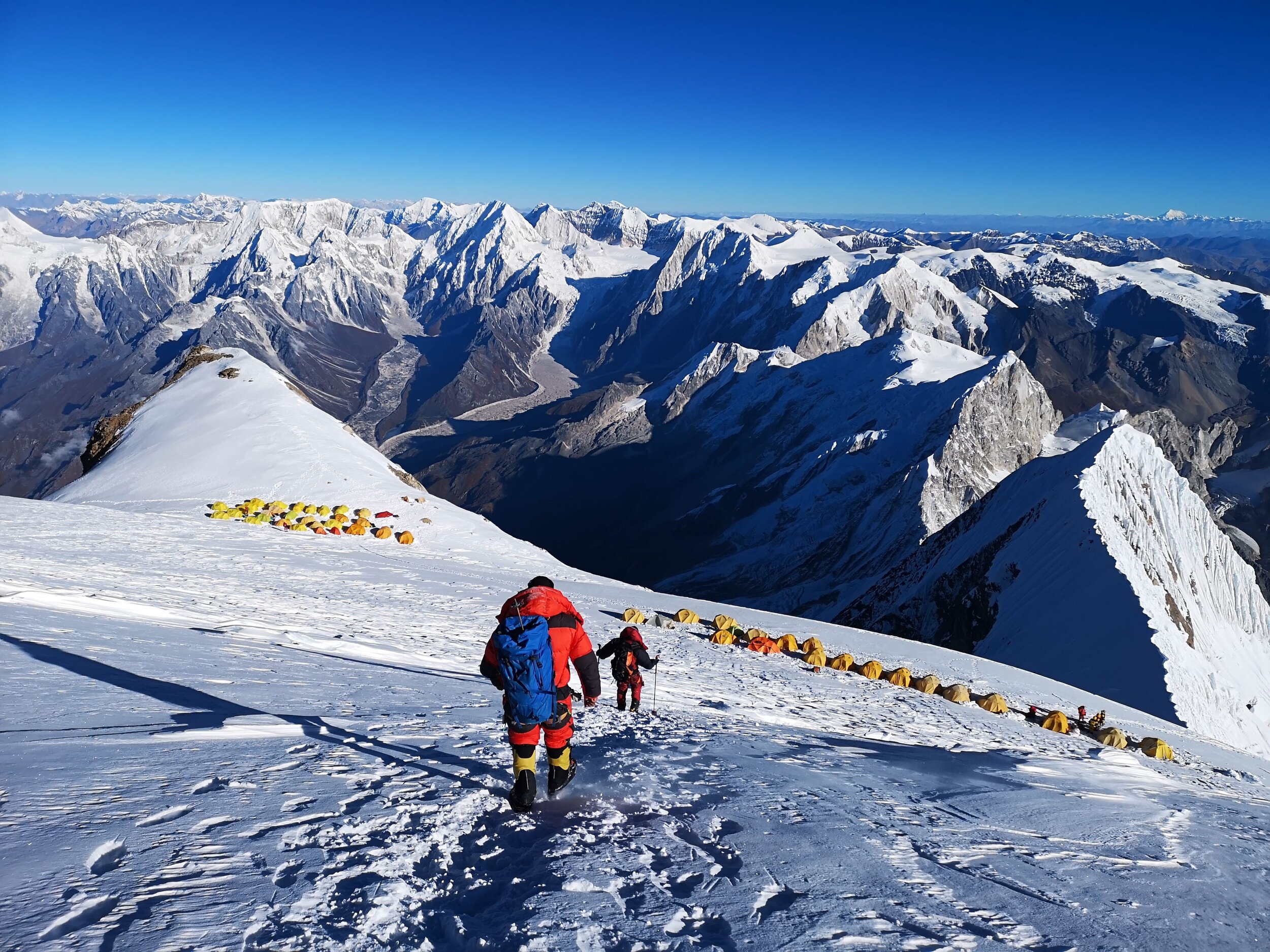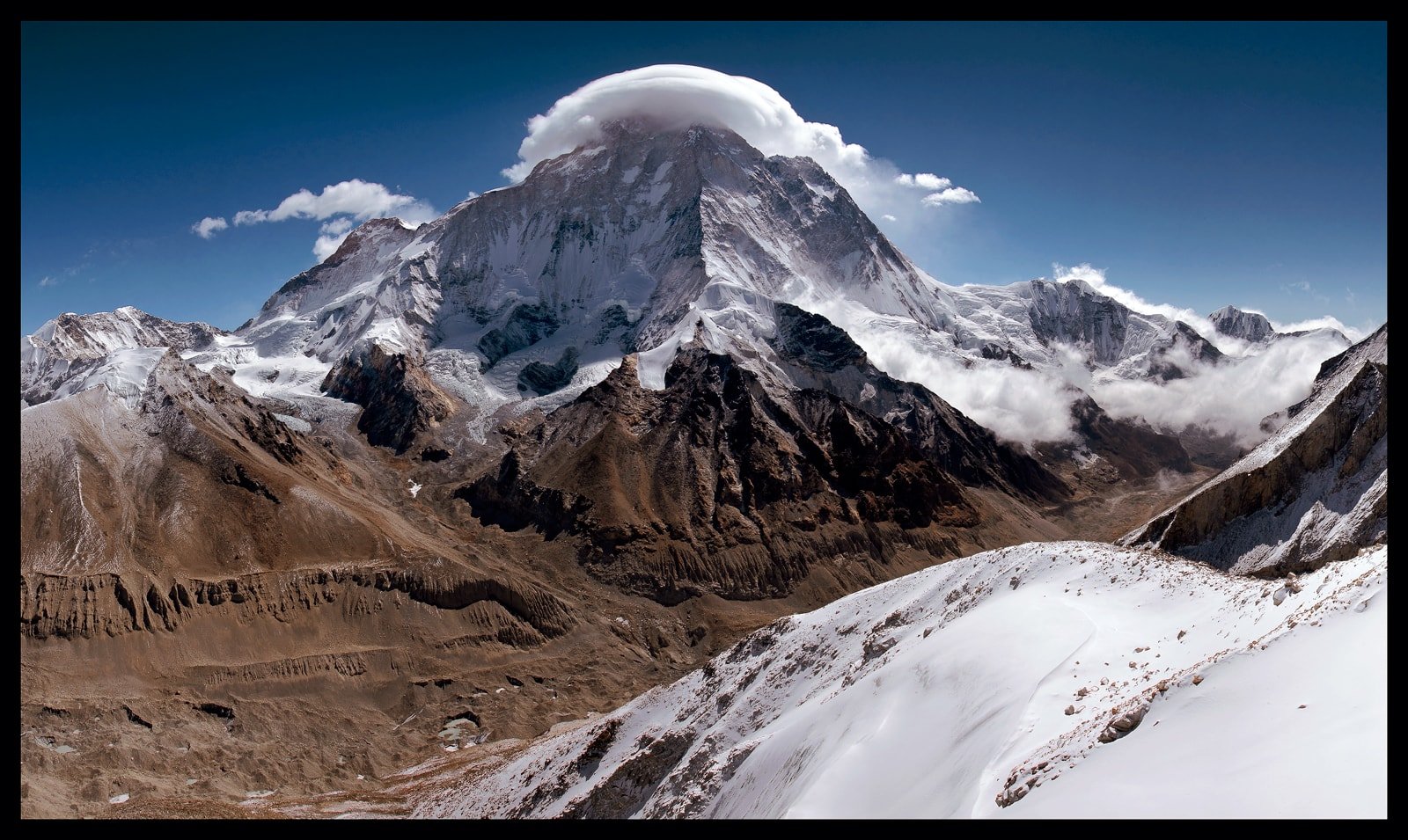Unique Value proposition by Namas Adventure
Namas Adventure distinguishes itself with a strong commitment to responsible, ethical, and sustainable mountaineering practices. Here are some key highlights of what sets us apart:
Annapurna specialist: Our team at Namas Adventure excels in extreme altitude mountaineering, especially within the Annapurna region. With unparalleled local knowledge and highly experienced guides, we are among the best teams to climb with on Annapurna 1.
Local Expertise: We possess extensive local expertise and strong connections to ensure a seamless and efficient expedition. Our seasoned guiding team is integral to the smooth running of your journey, allowing you to focus on the climb and the experience.
Individualized Preparations/Planning: Members participating in our Annapurna 1 team undergo strict pre-qualification checks. Once members sign up, we gain deeper insights into each client's needs and create personalized preparation plans. We understand that each member has a unique set of strengths, weaknesses, and requirements, so our approach is tailored to address these individual aspects effectively.
Premium client Services: To enhance safety and comfort, we provide convenient helicopter services, including flights to base camp after acclimatization hikes in the Annapurna region. Upon completion of the expedition, we offer a return from base camp to Pokhara, ensuring a stress-free travel experience.
Waste Management: Namas Adventure implements strict waste management protocols to minimize our environmental impact. This includes the use of WAGBAGs at higher camps and transporting waste to designated landfill sites, preserving the pristine beauty of the mountains.
Additional guide support system,: We prioritize personalized attention and safety with a high guide-to-client ratio, 1:1 guide-to-client arrangement with additional support Sherpa team in the team. Additional Sherpa support further ensures that every client receives the guidance and care needed for a successful and memorable expedition.
History, Significance, and the First Ascent
The first ascent of Annapurna 1 was achieved by Maurice Herzog and Louis Lachenal on June 3, 1950. This historic climb marked the first successful summit of an 8000-meter peak.
High Camps and Acclimatization Strategy
Annapurna 1 expeditions typically have four high camps:
Base Camp (4,190m/13,747ft)
Camp I (5,150m/16,896ft)
Camp II (5,700m/18,700ft)
Camp III (6,500m/21,325)
Camp IV (7,400m/24,278ft)
Summit (8,091m/26,545ft)
Our team will conduct an acclimatisation hike before reaching the base camp and then conduct two rotations between camps 1,2 and 3. The most common route to the summit of Annapurna 1 is the Northwest Ridge route.
Which is the most dangerous section in the Annapurna 1 expedition?
The most dangerous section of the Annapurna 1 climb lies between Camps 2, 3, and 4. This area is particularly hazardous due to its vertical geography, which includes avalanche-prone zones, hard blue ice, and massive hanging seracs, making the ascent extremely challenging.
The steep and exposed south face of Annapurna 1 rises 3,000 meters from the base camp to the summit, making it one of the most perilous climbs in the world. This face is notorious for its high risk of avalanches and rockfalls, posing significant dangers to climbers. The steep terrain, combined with frequent avalanches in this zone, further increases the difficulty and risk involved in the ascent.
What can climbers expect during the summit push on Annapurna 1?
The summit push on Annapurna 1 begins from Camp 4 at 7,400 meters. Climbers start their ascent in the early hours, navigating steep, icy slopes under the cover of darkness to avoid daytime avalanche risks. The route involves traversing hard blue ice and climbing through a series of seracs, which are massive, unstable blocks of ice. As daylight breaks, climbers encounter the steepest sections, requiring technical ice-climbing skills. The final approach to the summit is a narrow ridge with breathtaking views on either side, leading to the peak at 8,091 meters. This gruelling and exposed climb tests every ounce of endurance and skill, culminating in the ultimate reward of standing atop one of the world’s highest and most challenging peaks.
Preparation for Annapurna 1 Expedition
Previous Experience Required
Climbers need significant high-altitude experience to attempt Annapurna one. Previous ascents of several 4000M - 6000M climbs and at least one or more 7000-meter peaks are highly recommended. Experience on other 8000M climbs is a bonus. This experience helps climbers understand the physical and mental demands of high-altitude climbing.
Training and Fitness Requirements
Climbers must be in peak physical condition to attempt Annapurna 1. A training plan should focus on endurance, strength, and flexibility. Essential components of the training regimen include:
Long-Distance Running: To build cardiovascular endurance.
Hiking with Heavy Packs: To simulate the weight carried during the climb.
Strength Training: To build the muscle necessary for climbing.
Flexibility Exercises: To maintain agility and prevent injuries.
Technical Skills
Confidence in essential climbing skills, such as ascending and traversing with crampons, using ice axes, and being proficient with rope knots, is crucial for the Annapurna one expedition. Mastery of techniques like jummaring and ascending steep, exposed, and uncomfortable sections is also vital. Whether climbing in the alpine style or classic mountaineering style, having technical knowledge and experience with larger peaks is necessary for a successful Annapurna climb.
Mental Preparation
High-altitude mountaineering is as much a mental challenge as it is a physical one. Experienced climbers recognize that both success and failure are possible outcomes, and understanding this reality is essential. Experience plays a crucial role in building the mental resilience needed to face unforeseen challenges in the mountains.
On Annapurna 1, you will encounter tough climbing environments and difficult days that may make you question your decision to climb. During these times, it is vital to stay mentally strong and sharp, pushing yourself to go that extra inch to successfully and safely complete your expedition. Techniques such as meditation, visualization, and stress management can further enhance mental resilience, helping you navigate the challenges of high-altitude climbing.
Gear and Equipment
Investing in quality gear is recommended at any given expedition and Annapurna 1 is no ordinary case. Please find all the expedition gear required for the Annapurna 1 expedition in the link below.

